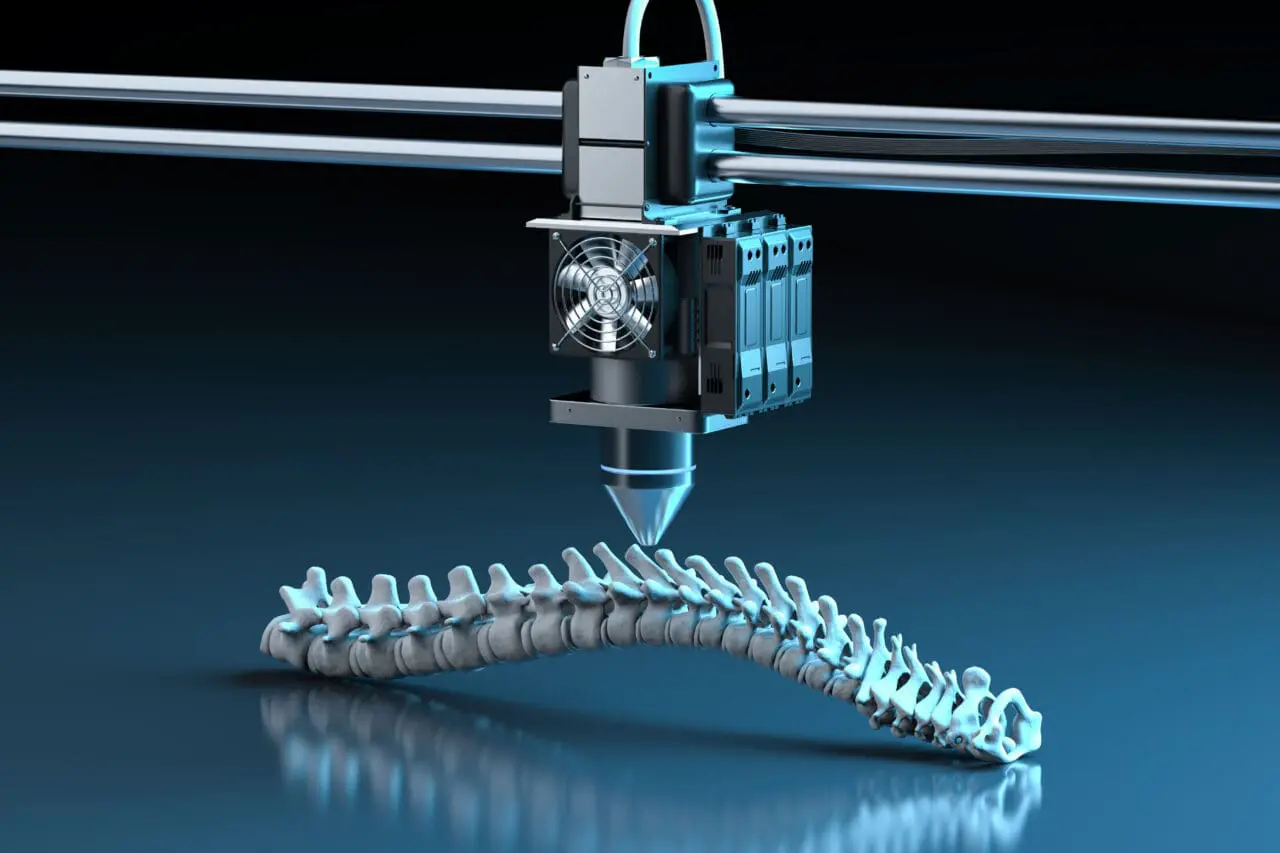

Researchers at the Swiss Federal Institute of Technology Lausanne (EPFL) have taken an innovative approach to 3D printing with their new ink which contains active bacteria in its composition. By utilising this bacteria-infused ink, they can now produce materials that mimic natural biological structures such as bones, shells, and even teeth. This technology opens up a world of possibilities in both medicine and engineering.
The ink is composed of two key elements: a hydrogel solution containing calcium carbonate-producing bacteria, and a 3D printer filament. The hydrogel is produced through microbial cultivation, which involves incubating the liquid medium with the bacteria until colonies are obtained. Once printed, the resulting structure results in an interconnected network of tiny ‘pores’ created by the bacteria inside the hydrogel.
In addition to being able to create structures similar to those found in natural biological materials, this technology also offers several advantages over traditional 3D printing processes. It has the potential to produce custom-made materials with minimal amounts of material and energy expenditure. Additionally, since the bacteria are living organisms, their activities can be fine-tuned or modified over time to achieve desired outcomes. Finally, this ink is relatively inexpensive and easy to obtain, making it ideal for applications requiring low cost but high precision.
By leveraging this bacterial 3D-printing ink, researchers at EPFL have been able to open up a world of possibilities in terms of engineering and manufacturing applications. From medical devices to consumer products, these biolofical materials could revolutionize how we design, manufacture, and use implantable devices and custom-made components. With further research and development, this technology may have far-reaching implications for the future of 3D printing.
The potential for this new bacterial-based 3D printing ink is immense. Whether it’s used to print implantable medical devices, or to produce consumer products, the possibilities are seemingly endless. With further advancements in research and development, scientists at EPFL are paving the way for a revolutionary approach to 3D printing technologies.

